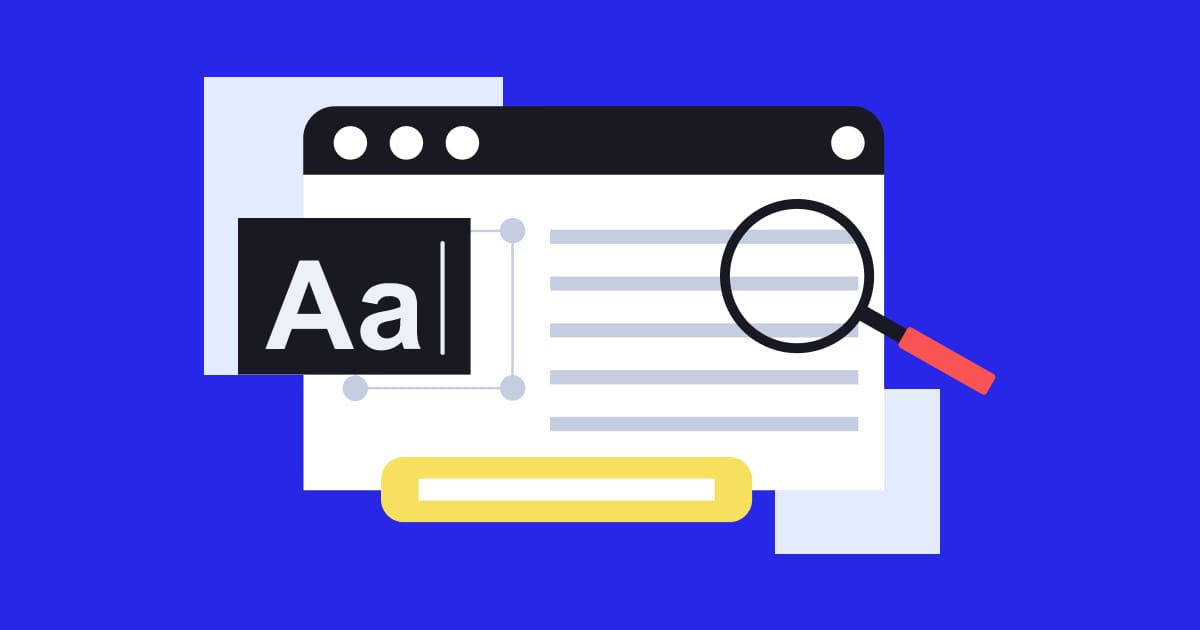- Web Growth Weekly
- Posts
- How Heading Structure Impacts SEO
How Heading Structure Impacts SEO
Search engines use heading tags to figure out what your page is about, and poor structure can hurt your visibility.

You know what’s worse than a wall of text?
A wall of text with no structure.
Your customers and users hate that. But so do search engines!
If you’ve ever opened a web page and immediately left because everything looked the same, or got frustrated because you had to put in work to find the content you wanted, you’ve seen the damage in action. No visual hierarchy. No clear sections. Just… text on text on text.
But here’s the thing: heading structure doesn’t just help your readers (especially those using screen readers), search engines love it and will reward you for giving it to them. They use headings to figure out what your content is about.
And when you mess it up, they get confused and think your content is less valuable.
Let’s avoid that.
🧭 Headings Are Road Signs
A clear heading hierarchy (using H1, H2, H3 tags) helps both people and bots understand how your content is organized. That’s good for accessibility and search rankings.
Here’s what to know:
Each page gets one H1 — no more, no less.
It’s your page title, not your branding tagline. Keep it specific and relevant to the page content. Make sure every page has one, and only one.
Use H2s to define major sections.
Think of these like chapters. They tell Google (and readers) what each section is about.
H3s are your subpoints.
Nest these under H2s when you need to break up a section further. Great for readability and snippet visibility.
Don’t use headings for styling.
Headings aren’t just big bold text. If it’s not actually a section title, don’t use a heading tag. If you need to style a section of text, do so with CSS, not by assigning it a heading tag
Consistency builds trust.
Pages with a logical heading structure are easier to crawl, index, and rank — and they’re much easier to navigate with screen readers.
🚀 Actionable Tip
Start with your homepage and review the heading structure. Is there only one H1? Do the H2s clearly define sections? Are there any headings used purely for visual styling? If needed, update the HTML to follow the correct hierarchy, especially if you're using a visual builder like Elementor or Shopify's customizer.
Why This Matters
Search engines rely on structure to interpret and rank your content, just like your visitors rely on it to stay engaged and find the content they want.
Improved Rankings: Structured content helps Google understand your page faster and gives it the value it deserves. It's the easiest way to give a foundation to your search engine ranking.
Better Accessibility: Screen readers rely on proper headings to navigate content. Don't leave them out and make things harder for them.
Easier Reading Experience: People don't read every word, but skip around, and a logical layout helps them do this. No one likes hunting for the content they want.